Fall brings some of the years best fly fishing on western rivers. The cooler temperatures make for active and feisty trout. Carrying the right patterns will help prevent the frustration of going fishless and allow you to take full advantage of the great fishing.
A well-known guide on one of Oregon’s most technical rivers known for containing some of the West’s most picky and difficult big trout once told me that even they, “get real stooopid during hopper season.” Trout are junkies for grasshoppers.
A normally graceful and calculated animal that feeds daintily on fancy little flies from the surface film casts aside all restraint and suddenly becomes a gluttonous fiend. The trout on hoppers is sporadic, unpredictable and violent. Even lethargic fish sulking at the bottom of a deep hole will throw all caution to the wind and explode to the surface to smash a hopper. This general abandonment spells some of the year’s most exciting fishing for anglers.
Grasshopper patterns usually become relevant in August and can often be fished well into October and though the main action slows down a few days after the season’s first hard freeze it may continue on for a couple weeks if you’re fortunate.
For Hopper patterns I prefer the foam materials to the traditional deer hair. Foam is more buoyant and durable. A foam hopper will sit upright in the water even after being chewed on by a big brown. They are also easier to spot, especially important when serving dual purpose as an indicator on a hopper/dropper set up (more on this to come).
I’ve never found color to be especially important with hopper patterns, but as a rule of thumb try to land somewhere in the ballpark most of the time. Carrying several colors including yellow, tan, brown, and green will ensure you’ve covered your bases.
Patterns will generally fall in the eight- to 12-size range. For a more accurate measurement you could try to capture a live one on the shoreline. Good luck! These quick critters will usually get the best of you. The wiser idea would be to call the local fly shop and get the correct size—you’ll be glad you did.
Now that you’ve selected the right hopper, tie it to a seven- to nine-foot leader that tapers to 3X (if you think the fish are going to be leader shy then go with 4X). You normally want it on the heavier side for hopper fishing, especially when using a dropper. From the hook bend of the hopper, or the hook eye, tie an 18- to 24-inch piece of tippet 4-5X for the dropper.
The length of tippet leading to the dropper depends on the depth of the river or stream you are fishing. Remember you’ll most often want your nymph to be at, or very near, the bottom. The dropper itself will usually be a small general nymph (Pheasant Tail or Hare’s Ear) unless the fish are keying in on a specific bug, then of course use that. With this set up your hopper now serves as both a fishable fly and an indicator for your Nymph. Now simply cast out the hopper/dropper rig across and upstream, and watch it drift along with the current. If at any time during the drift the hopper stops, twitches, or commits any other tomfoolery, then set the hook. It’s likely a fish that has taken your nymph. Sometimes your dropper has simply bumped a rock or is hooked on some (not so fishy) subsurface, but it’s always worth setting the hook just in case. Some days you’ll take more fish on the dropper and some days more on the hopper, and in the ideal scenario you’ll hook two fish at the same time.
Tricos
In the dim light of evening fish are boiling the water surface all around you. With the lowered visibility it’s hard to tell what they are feeding on. Upon closer inspection you detect some very small gnat looking flies. Swarms of microscopic black dots hover and swirl just above the surface while the water itself has countless others floating along. You’re standing in the middle of a Trico hatch. Tricos are a main staple of the fall trout diet, and the fish are slurping them up by the mouthfuls as they drift vulnerably in the current. Tricos are tiny mayflies; males are black and typically hatch later in the day, while females are white or cream and normally hatch in the mornings. Tricos are sometimes so small it’s hard to believe trout actually feed selectively on them, but their massive numbers make it a worthwhile food source for fish.
Nymph patterns to imitate Tricos don’t require much sophistication. Nearly any tiny black or cream nymph will usually do the trick. When nymphing with Trico patterns I typically fish a two fly set which utilizes a bigger point or lead fly (size 10-14) ,often displaying a bead head or some flash to draw a fish’s attention. The point fly lures the fish in and as the flies drift along they’ll quickly find the smaller Trico nymph trailing right in front of their nose, which should trigger a strike.
For dry fly patterns a small Griffiths Gnat, or any small midge pattern will work well. Barr Emerges fished just under the surface also produce. When fishing the surface with Trico imitations you’ll want to get the fly directly in the fish’s feeding lane. Too far to one side or another and the fish will likely never see your imitation, especially during a thick hatch. The average Trico hatch is usually so plentiful that trout won’t make any side to side movement to find and capture the flies, simply because they won’t need to.
Tippet for Tricos must be light – no stronger than 5X. Anything heavier in diameter and you’ll have difficulty threading it through the small eye of the hook. Unfortunately, light tippet usually leads to breaking off flies, so bring plenty. When playing fish use smooth, even pressure as sudden jerks and excessive tension on 6X tippet will cause the heartbreak of one lost fish after another. If you’re fishing the evening hatch you’ll want to keep a headlamp with you. Trying to tie on one of these tiny patterns during full light can be tricky enough, trying to tie one on in the dark after the loss of a massive fish, with shaky hands, can be quite challenging indeed.
October Caddis
Talk about a festive bug. The October Caddis contains a bright orange that meshes incredibly well with the color spectrum of autumn. This relatively large caddis provides fish an excellent opportunity to bulk up on calories before winter. Trout key in on this biological advantage and oftentimes feed exclusively on this insect when they are abundant.
September and October are mating season for the October Caddis. The now matured bug leaves the water and takes cover in the streamside vegetation to begin the process. A few days later the females will return to the water to lay their eggs. Clumsy egg layers, the females flutter and bounce sporadically on the surface, enticing nearby trout and drawing aggressive strikes.
Fish the October Caddis nymph dead drift in the current so it will tumble along the rocks as a natural one would. If you’re fishing a dry it won’t hurt to twitch the fly once in awhile as it drifts along. Sometimes the twitch is all that’s needed to provoke an otherwise hesitant trout to grab your fly.
Patterns for the October Caddis vary. I have always found that simple is typically better, especially with nymphs. Usually an orange dubbed body with a brown hackle collar is enough.
For the dry you’ll want to try a large elk hair Caddis in Orange or Stimulator pattern, but you can usually get away with an orange stonefly pattern in the right size. Fish the nymph on a seven- to eight-foot leader tapered to 4X and the dry on a nine- to 10-foot leader tapered to 5X. Remember these recommendations are just general suggestions – always adjust your set up to match what your fishing situation calls for.
General Patterns
There are some tried and true patterns that work year around, and fall is no exception. A fly angler would be wise to carry the following patterns and fish them faithfully: Hare’s Ear sizes 10 to 18, Pheasant Tail sizes 12 to 20, Birds Nest
It’s always good to consult the local fly shop, especially if you are fishing new and unfamiliar waters. This will save you time and help put you on fish quickly.
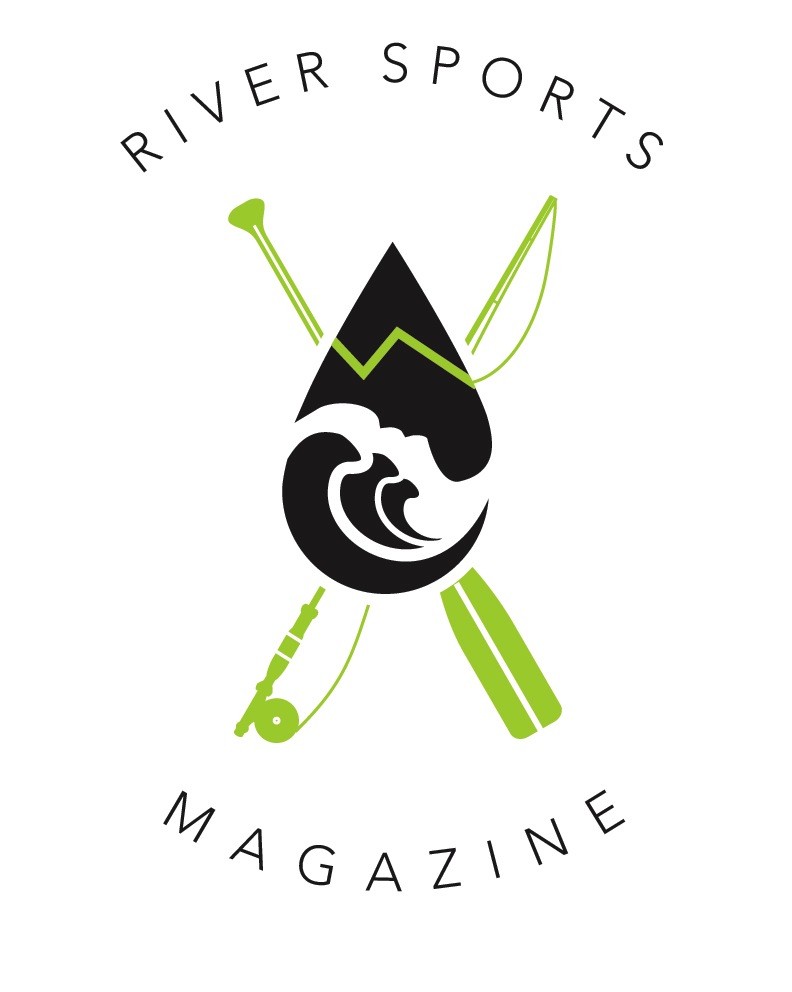
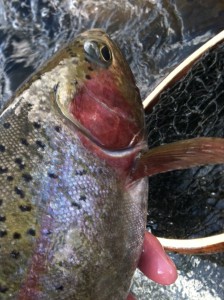
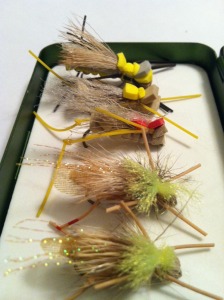
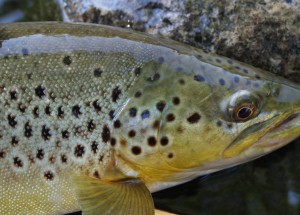
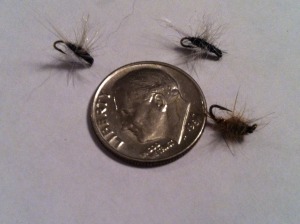
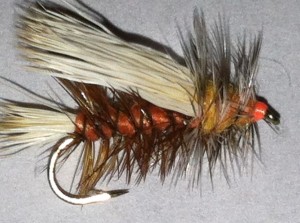
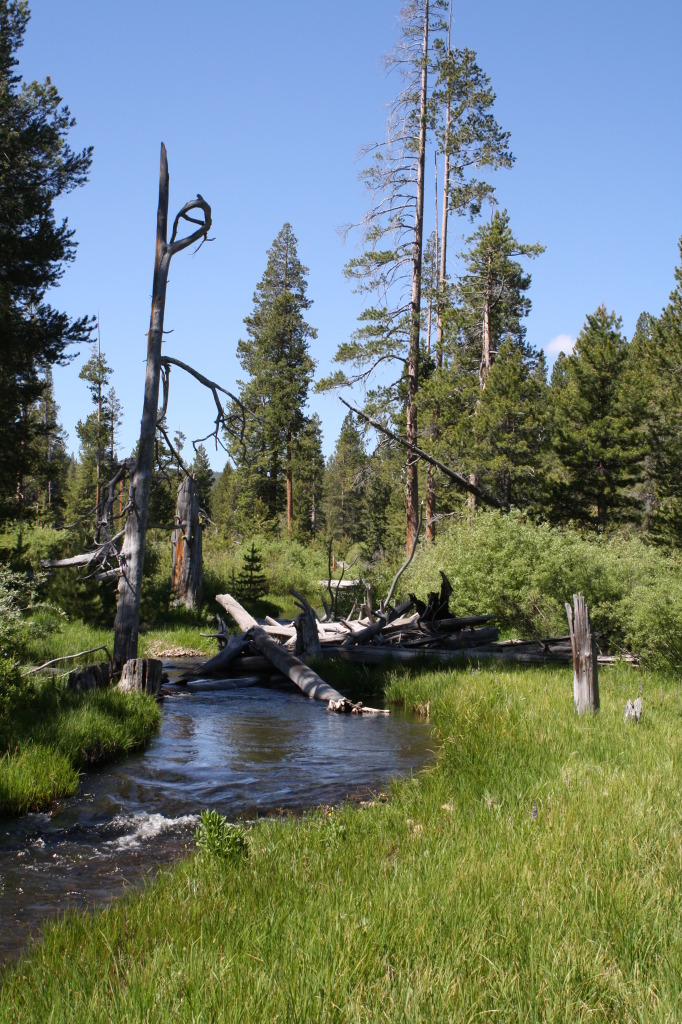
Great article. I really enjoyed reading this. I hope I catch some fish.